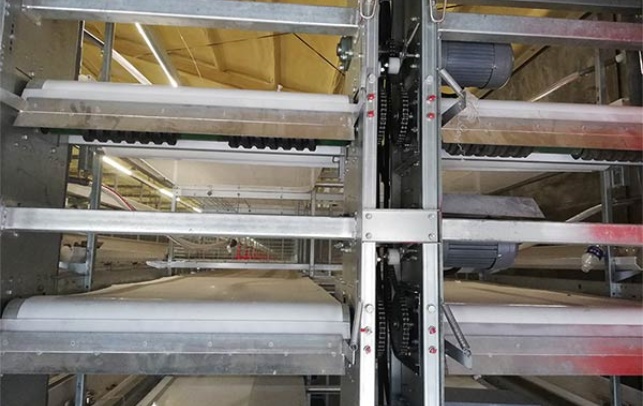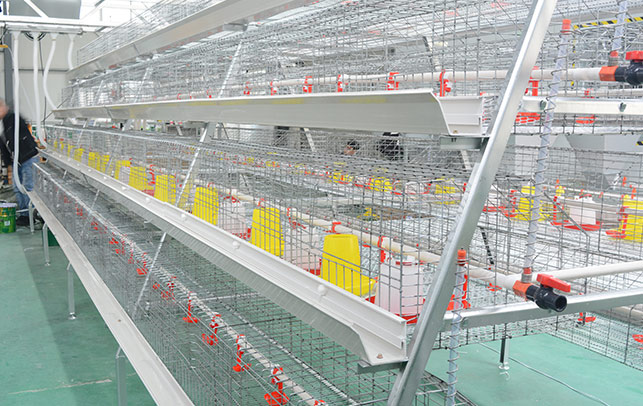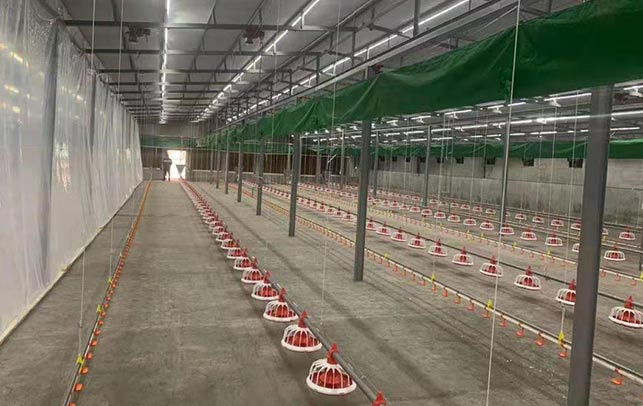Unlocking the Potential of Poultry Farming in Meru County
Time : 2025-05-13
Meru County, nestled in the heart of Kenya, has been a hub of agricultural activities for decades. Among these activities, poultry farming has emerged as a significant contributor to the county’s economy. In this article, we’ll delve into the ins and outs of poultry farming in Meru County, exploring the benefits, challenges, and opportunities that this industry presents.
The Rise of Poultry Farming in Meru County
Poultry farming in Meru County has seen remarkable growth over the years. This growth can be attributed to several factors, including government initiatives, improved access to markets, and an increase in consumer demand for poultry products.
Government Support
The Kenyan government has been instrumental in promoting poultry farming in the region. Through various policies and incentives, farmers have been encouraged to venture into this sector. For instance, the government has provided subsidies on feed and vaccines, making it more affordable for small-scale farmers to enter the market.
Improved Market Access
Meru County’s strategic location has made it a gateway for poultry products to reach both local and international markets. This has opened up new opportunities for farmers to sell their produce at better prices, thereby increasing their income.
Consumer Demand
There has been a steady rise in the demand for poultry products, especially chicken meat and eggs. This has been driven by the growing urban population, which has a higher disposable income and a preference for protein-rich diets.
The Challenges Faced by Poultry Farmers
Despite the growth and opportunities, poultry farming in Meru County faces several challenges. Here are some of the key issues:
Health Risks
One of the biggest challenges in poultry farming is disease outbreaks. Birds are susceptible to various diseases, which can decimate an entire flock. Preventive measures, such as vaccination and biosecurity protocols, are essential but can be costly.
Market Fluctuations
The poultry market is prone to fluctuations due to various factors, including changes in consumer preferences, availability of feed, and disease outbreaks. This can make it difficult for farmers to predict future prices and plan their production.
Limited Access to Finance
Access to finance is another significant challenge. Many small-scale farmers struggle to secure loans or credit, which limits their ability to expand their operations.
Strategies for Success in Poultry Farming
To overcome these challenges and maximize their profits, poultry farmers in Meru County can adopt the following strategies:
Diversify Your Production
Diversifying your production can help mitigate risks associated with market fluctuations. For example, in addition to chickens, you can consider raising ducks or turkeys, or even produce eggs and meat simultaneously.
Implement Biosecurity Measures
To prevent disease outbreaks, it’s crucial to implement robust biosecurity measures. This includes regular cleaning and disinfection of the farm, isolation of new birds, and vaccination programs.
Seek Training and Advice
Investing in training and seeking advice from experts can go a long way in improving your farming practices. Look for workshops, seminars, and online resources that can provide you with the latest information and best practices.
Leverage Technology
Technology can be a powerful tool in poultry farming. Consider using automated feeders, waterers, and other equipment to improve efficiency and reduce labor costs.
Case Studies: Success Stories from Meru County
Several poultry farmers in Meru County have achieved remarkable success through their hard work and innovative approaches. Here are a few case studies:
James Gichuki
James started his poultry farming business with just 100 birds. By implementing biosecurity measures and seeking advice from experts, he was able to expand his flock to 1,000 birds within a year. Today, he sells his produce to local markets and even exports to neighboring countries.
Mary Wangui
Mary was struggling to make ends meet as a small-scale farmer. She decided to join a cooperative that provided training, access to credit, and a ready market for her produce. Through the cooperative, she was able to increase her flock size and improve her overall income.
Conclusion
Poultry farming in Meru County presents a wealth of opportunities for farmers looking to diversify their income. By addressing the challenges and adopting successful strategies, poultry farmers can contribute significantly to the county’s economy and improve their own livelihoods.












